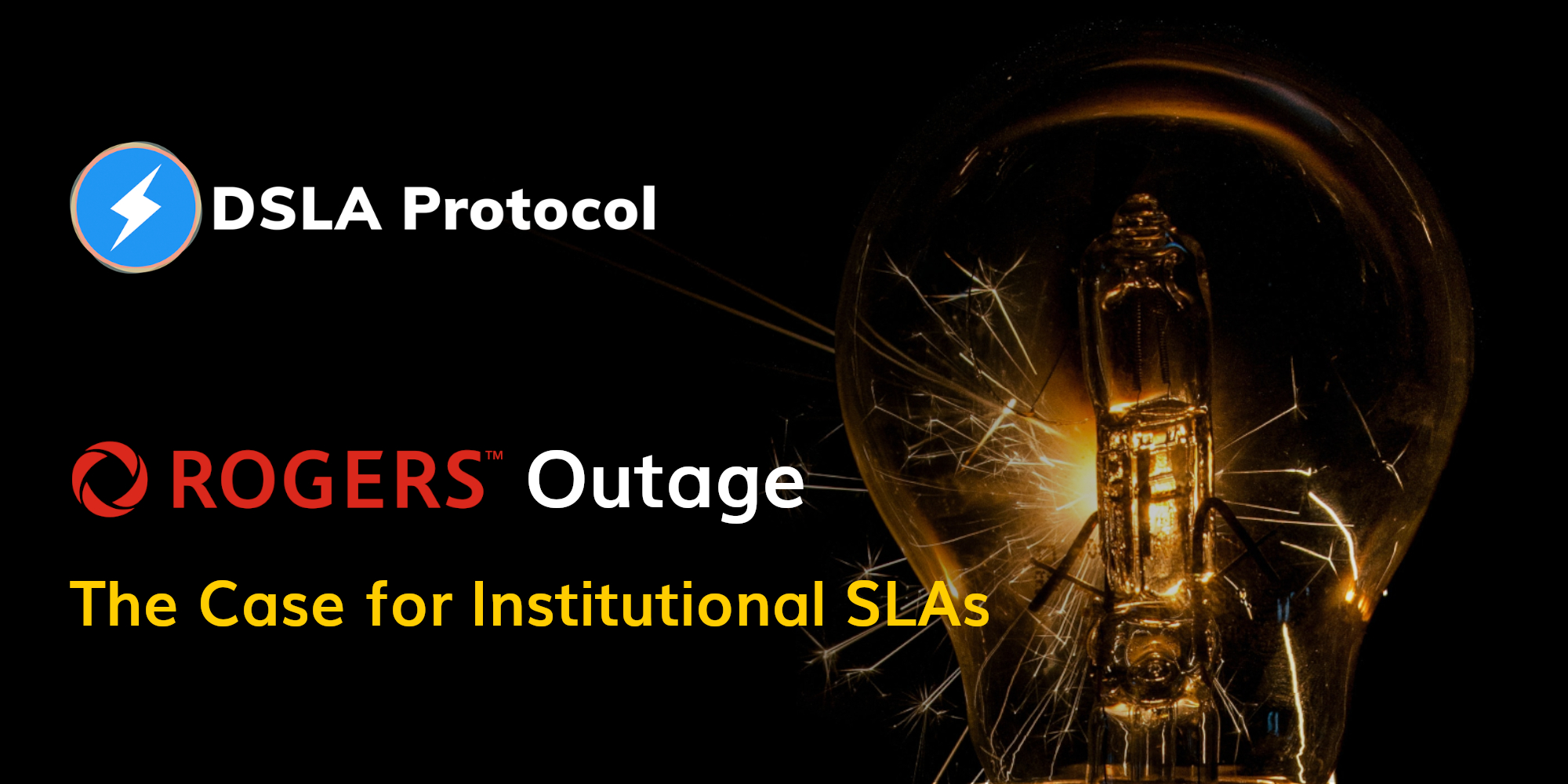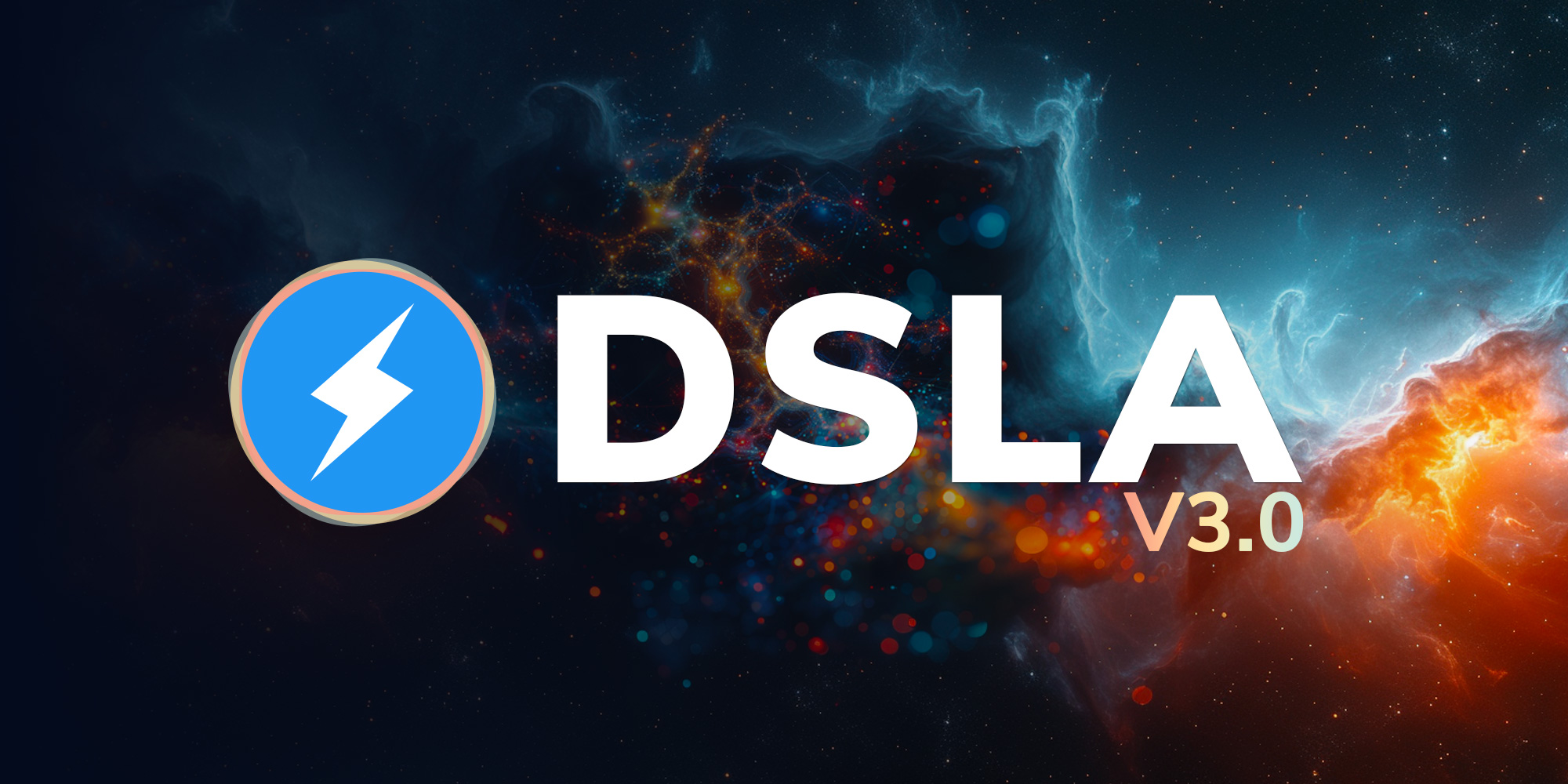The Case for Institutional SLAs

The Rogers Outage ⚠️
Rogers Communications is a major telecommunications provider in Canada, providing millions of Canadians with landline phone, internet and cellular services. Starting on July 8, 2022, the Rogers network went down for 19 hours, more in some places, due to a botched router upgrade. The outage caused nationwide chaos as it affected internet, cell phones and payment systems for millions of customers throughout Canada.
Impact of the Rogers outage wasn’t limited to inconveniencing people trying to scroll Instagram. 911 services were inaccessible for many people. Interac, the payment processing network for debit transactions across Canada was down meaning businesses couldn’t take debit payments and customers couldn’t pay using debit. Some hospitals had to redirect patients. In an ironic twist, the Canadian Radio-television and Telecommunications Commission (CRTC), the government agency that oversees the Telecommunications industry and Rogers, couldn’t take phone calls.
As of this writing, Rogers has advised they are providing customers with a five (5) day credit to compensate for the outage, but as with most situations like this, the credit is at the discretion of Rogers. Some of the goodwill being shown by Rogers is certainly due to the intense level of political and public scrutiny resulting from the scope, scale and impacts of the outage.
It’s also worth noting that the outage happened as Rogers is actively trying to take over a major competitor, Shaw Communications, in a C$20-billion deal which would further consolidate internet and cell connectivity for a large portion of the country. Had this merger already been completed, the outage would likely have been even worse.
Legacy SLA Shortcomings 🤏
The five day credit, at Rogers’ discretion and goodwill, illustrates the problem with legacy service level agreements.
Recourse and compensation for end users is often simply a matter of what the Provider is willing to offer (if anything!). Legacy SLAs are complicated, use multiple intermediaries, are offline, opaque and usually have no “teeth.”
They are hard to enforce, a pain to manage and often don’t provide any real benefit to the end stakeholder.
Enter SLA 3.0-based Institutional SLAs 💡
While there may be a case to be made for an opt-in retail SLA that guarantees better service, and compensation in event of a service disruption, it is debatable whether retail users, and even many businesses, would opt-in to a more expensive internet or cell service.
So who can benefit from SLAs for this type of service? The same type of customer who likely have a package already with a (opaque, toothless, unenforceable) service level guarantee.
Interac. Banks and financial institutions. Hospitals. Call centers. Hosting providers. Alarm monitoring services. Entities for whom connectivity is an existential need. Entities for whom losing connectivity poses a real business risk or reputational risk.
Decentralized Service Level Agreements, what we call SLA 3.0, are programmable, peer-to-peer and collateralized. They are the perfect tool to ensure service performance, and compensation for service lapses, for institutional customers.
Banks and financial institutions are starting to dip their toes into the web3 world, and the future is calling to offer them a better solution to a legacy issue.
💡 DSLA Protocol
GRC Automation Middleware
DSLA’s approach to integrated risk management enables the downside-protected delivery of goods, services and digital assets without intermediaries.
👉 Get started at dsla.network
👉 Read more at stacktical.com
👉 Check our blog at blog.stacktical.com
👉 Start Building at readme.stacktical.com
👉 Join our Guild at guild.xyz/dsla
👉 Check active bounties at dework.xyz/dsla
👉 Discuss on our governance forum at commonwealth.im/dsla



